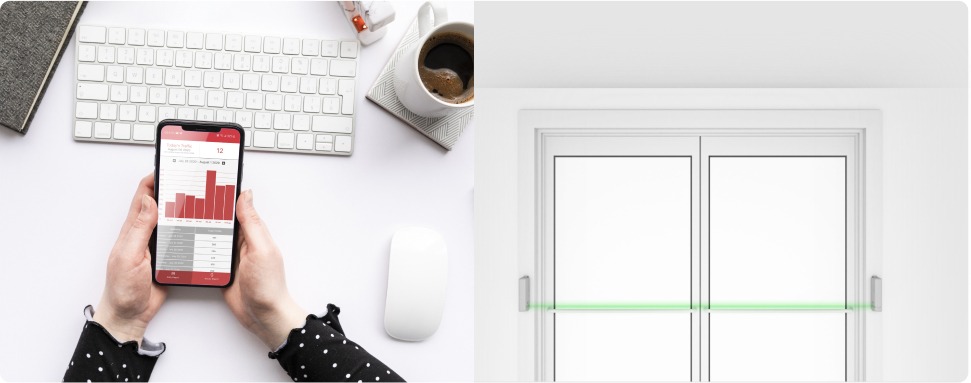Remodeling your retail store design and layout could make all the difference in your bottom line. Whether your shop is due for a total rehaul or a small reorganization, BigRentz has created an infographic that will walk you through the hacks of visual merchandising and help you design a store layout that encourages purchases and pleases customers!
Ready to wow your shoppers and whip out a remodel that will skyrocket your profits? These tips are here to help!
Tip #1: Pick a Retail Floor Plan Layout That Guides Customers
With 50% of the space in a retail store never being browsed, choosing a floor plan that guides customers along a strategic path is key to growing sales.
- Grid Floor Plan: organizes and controls the shopper’s path through a store.
- Loop: exposes shoppers to the full selection of merchandise throughout the store.
- Free Flow: encourages shoppers to browse and wander more with no constraints.
- Angular: perfect for specialty stores with unique displays.
Tip #2: Create a Journey for Your Shoppers
Capitalize on consumer behavior to set up a store that caters perfectly to your shoppers! These hacks will help you guide customers through your shop in a way that drives sales up.
- Put your best sellers front and center. Shoppers determine store value as soon as they walk in the door, so wow them with your most popular products!
- Lead them to the right. Most shoppers turn right immediately after entering a store, so set up a pathway to guide them along.
- Create a power wall display. Customers make brand judgements fast, and a power wall is a great way to please them.
- Put staples in the back. Putting essential products in the back of the store will guide customers there and keep them in the store longer.
- Give them room to move. Customers hate bumping into each other and will avoid aisles that even look like they could cause a pile-up.
- Don’t forget about impulse purchases. Put small products near your register to encourage those last-minute grabs.
You Can Find Tips #3, 4, and 5 in The Infographic Below!
Learn more about visual merchandising, including how to structure displays, how to use design to influence psychology, and how to engage your shoppers’ senses and encourage more purchases.













